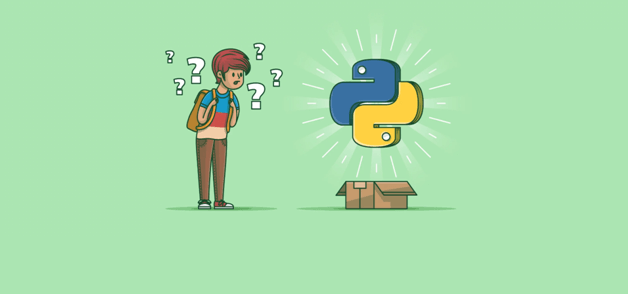
A Look at Learning Python
Python is the third most popular programming language for a reason. It’s an easy-to-learn, human-readable language that employs powerful open source libraries for a wide range of analytics work. It’s the favorite of data scientists — and increasingly the developer community as a whole.
This week, we look at the best Python libraries for data scientists, how easy it is to learn Python, and how long it’ll take you to get good enough to find your first data job.
8 Essential Python Libraries for Data Scientists
There are 137,000 Python libraries, but data scientists often use just a handful of them. These are the math-heavy, analytics powerhouses of machine learning. If you’re thinking about getting into data science, then these are the top eight Python libraries you should learn.
How Long Does It Take to Learn Python?
This is a common question for anyone thinking about learning Python. Here’s the answer: It only takes a few lines of code to get started with Python, but takes much longer to master. A better question, though. How long does it take before you know Python well enough to get a job? We answer that, too.
Is Python Difficult to Learn?
Python is the ideal first programming language to learn. It’s human-readable, powerful, and very popular. But learning Python is only half of the equation. It also depends on what you’ll do with your new programming language — and the career field you’ll be entering with it.
Enroll in our QuickStart Data Science Bootcamp
As businesses create more data, they need people to help extract meaning from that data. That’s the role of the data scientist or data analyst. The QuickStart Data Science Bootcamp prepares you to mine, analyze, and visualize data with the Python and R programming languages — as well as use machine learning.
